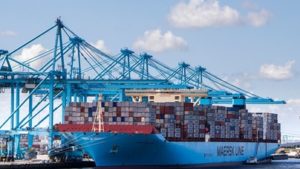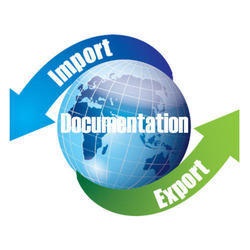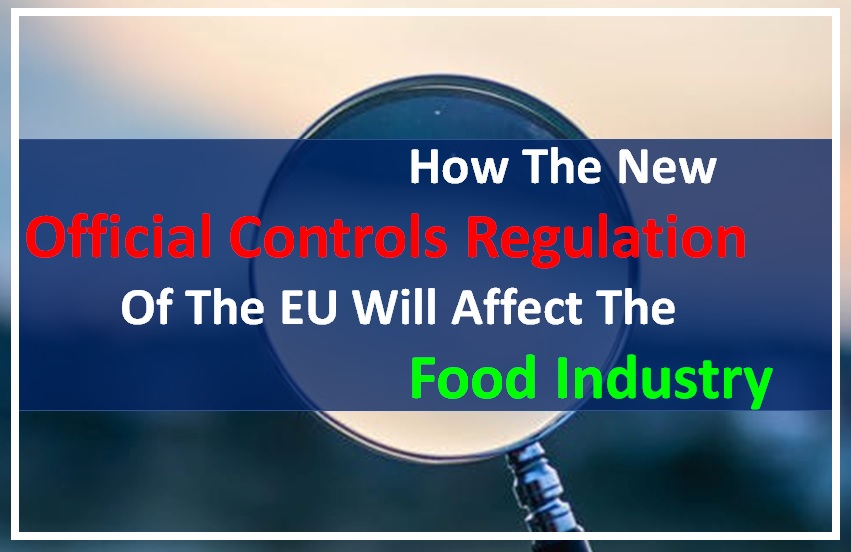In March 2017 the EU parliament and the commission adopted Regulation 2017/625 on Official Controls on food and feed – Official Controls Regulation. Most of its provisions will be applied in December 2019.
The new Regulation incorporates (and repeals) several existing laws, adding new provisions. Overall, there is no radical change in how official controls on food and feed are conducted. The new regulation is, however, an important milestone for three reasons:
- it simplifies principles and procedures. While before rules on Official Controls Regulations were spread across different regulations, now they are integrated in a single legal framework
- it adds clarity by using a clearer and more detailed language
- it leaves the door open for future, more radical changes by the Commission
In the first article of this series of two, we looked at how the new Regulation will affect competent authorities. In this second part, we’ll focus on what will change for business operators.
General principles of Official Controls Regulations
Business operators should expect official controls at three levels:
- on all types of food and feed produced within the EU, whether they are intended for intra-community circulation or for export to third countries, at any stage of the agri-food chain: production, processing, distribution and use.
- on all types of food and feed imported from non-EU countries
- directly in third countries by the Commission
The new Regulation adds new provisions to three aspects: the risk assessment, the list of elements to be checked and the limits to their frequency. Let’s look at them in detail.
What constitutes risk
Official controls are targeted at those consignments that are considered at risk of non-compliance with the food and feed laws. The risk of non-compliance is associated to different elements of consignments, such as animals and goods, the operator’s past record and the reliability of the operator’s own checks. The Official Controls Regulation (2017/625) adds new elements, such as the presence of GMOs, plant health, food fraud or the operator’s location.
What controls check
The Official Controls Regulation goes into further detail, giving a non-exhaustive list of what official controls actually check. In this list there are traditional elements (raw materials, ingredients, finished and semi-finished products, HACCP processes) and new ones, like the operator’s premises and equipment.
When and how often
In principle, Official Controls Regulations will be conducted without prior notice, although there may be cases when competent authorities may decide to notify the operator beforehand, or to conduct checks on ad hoc basis.
The frequency of checks must be appropriate to the level of risk. However, a new provision adds the obligation for competent authorities to avoid ‘disproportionate administrative burden” for operators. In one of its future delegated acts, the Commission will specify those cases when official controls would indeed cause disproportionate burden and should therefore be avoided.
On their side, operators have the obligation to grant access to authorities for official controls.
Official Controls Regulations on imported food
Overall, the new Regulation simplifies the control system on imported food and makes it more risk-based and targeted. While before there were separate regulations, now there is one general set of requirements for all types of food and feed.
One single point of entry
 An important act of simplification is the creation of Border Control Posts (BCPs) for all official controls, which replace the two existing types of inspection points:
An important act of simplification is the creation of Border Control Posts (BCPs) for all official controls, which replace the two existing types of inspection points:
- Border Inspection Posts (BIPs) for imported animals and animal products
- Designated Points of Entry (DPEs) for consignments of certain food and feed subject to increased controls
General principles of official controls regulations
Articles 47 to 51 of the Official Controls Regulation regulate several aspects of official controls on imported food and feed. The named articles focus on the following topics:
- Animals and goods to check. The list includes general categories like ‘animals’, ‘animal by-products’, ‘plants’, etc.
- Some types of animals and goods are exempt from border inspections. For example, those intended for scientific purposes, or food carried by passengers and intended for personal consumption.
- Procedures. The article defines the three types of checks (documentary, identity and physical) and on what consignments to conduct physical checks. It also assigns priority to consignments of live animals.
- Certificates and documents. Animals and goods must be accompanied by the certification established by their respective laws.
- Specific rules. In principle, consignments are controlled by competent authorities at the BCP of arrival and are allowed to enter the EU only after their compliance with food and feed law is verified. However, there can be exceptions to this principle in cases when:
-
- authorities allow the carrier of imported food to continue transportation until destination while pending results of analysis
- official controls are conducted at a BCP other than the one of arrival
- official controls can be performed by other authorities, like custom agents or law enforcement
For all the aspects above, the Commission is empowered to adopt future acts to add further details and specify better.
Mandatory documents for imports and exports
 For exported food and feed, competent authorities must issue certificates containing all the information related to official controls, whether they were performed by the same officer or by other competent authorities. Certificates can only be issued by authorised officers who are properly trained and impartial, free from any conflict of interest, and can be signed only when complete. The conduct of these officers is also subject to official controls.
For exported food and feed, competent authorities must issue certificates containing all the information related to official controls, whether they were performed by the same officer or by other competent authorities. Certificates can only be issued by authorised officers who are properly trained and impartial, free from any conflict of interest, and can be signed only when complete. The conduct of these officers is also subject to official controls.
For certain types of food, such as plants, authorities will issue attestations, with information like plant passports, organic logos and marks of protected designations of origin.
For imported food, The Official Controls Regulation introduces a new document called Common Health Entry Document (CHED), which contains all the information necessary to identify the consignment and its destination. The format of the CHED and its minimum requirements will also be defined by future implementing acts, expected to be adopted by the European Commission in the second quarter of 2019.
Enforcement measures and penalties
The list of actions for cases of non-compliance is non-exhaustive and includes measures that existed in the previous regulations, such as: sanitation procedures, preventing food and feed from entering the market, product recalls if it’s already being distributed, temporary or permanent suspension of the operator’s activity. New measures were added, such as:
- the holding or care of animals or quarantine periods
- the slaughter of animals, provided it’s the most appropriate measure
- the closing of the website of the operator
The general requirements for penalties is maintained: they must be “effective, proportionate and dissuasive.” However, the new Regulation, also states that these must be proportionate to the of the operator or a percentage of the operator’s turnover, which can be as high as 10%. This new provision is consistent with the addition of economically motivated adulteration to the scope of official controls.
Other important new provisions are related to whistle-blower protection, which is delegated to Member states, in accordance with the EU and national laws.
Sector specific Official Controls Regulation rules
For certain food and feed categories, Regulation 2017/625 aggregates specific provisions from previous repealed acts, without any significant change. These rules are included in articles 18-27 and regulate:
- products of animal origin
- residues of substances in food and feed
- animals, products of animal origin, germinal products, animal by-products and derived products
- welfare requirements for animals
- plant health
- plant protection products
- GMOs for of food and feed production
- organic products
- protected designations of origin, and other similar attestations
- newly identified risks on food and feed
Regulation 2017/625 and the existing Animal and Plant Health Laws
In 2016, one year before Regulation 2017/625 was approved, the EU adopted two new laws on animal health and plant health. These laws have a strong focus on prevention and simplify previous regulations, adding clarity to many aspects such as responsibilities, traceability, movements of animals and plant passports. Regulation 2017/625 confirms their provisions and is consistent with them.
The Plant Health Law will start to be applied on 14 December 2019, the same day as most articles of Regulation 2017/625. The application date of the Animal Health Law, however, will be 21 April 2021. During this transition period, the previous laws repealed by the Animal Health Law will remain in place.
Interesting articles to read:

